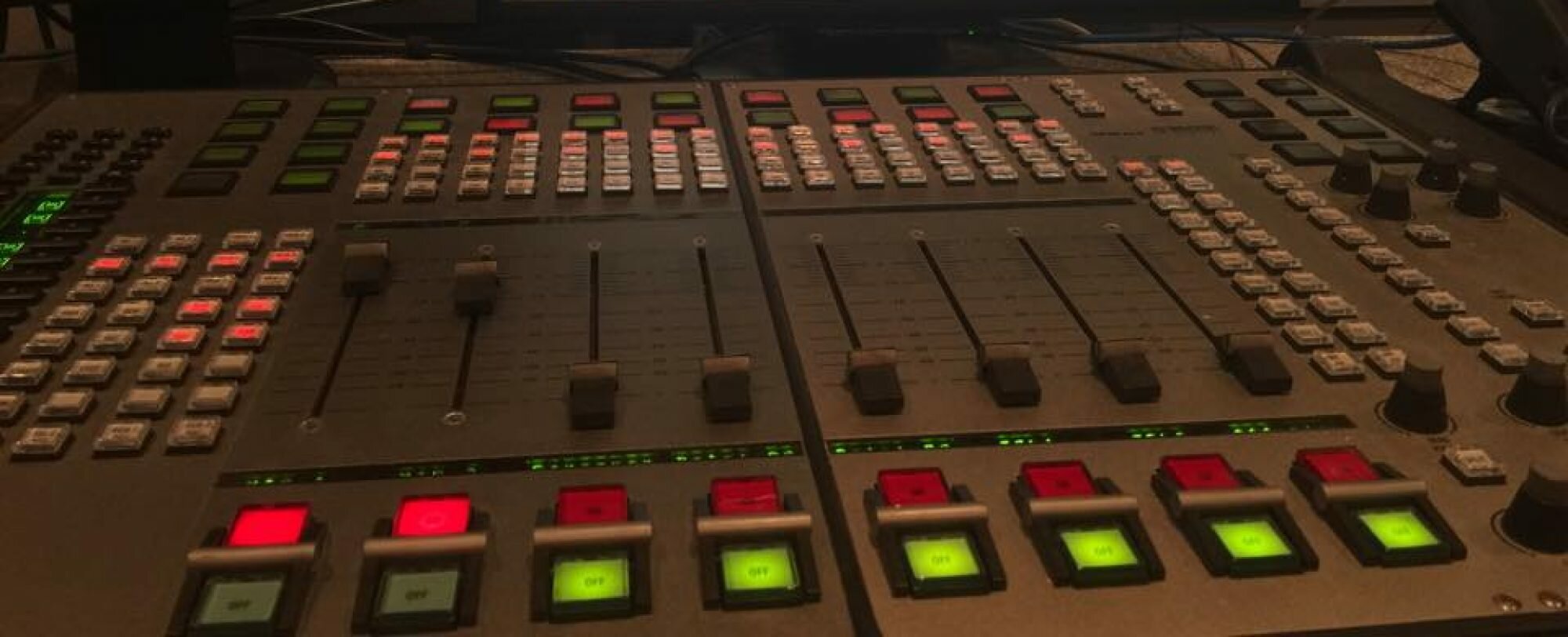By Ariana Pekary
 Tuesday’s show is about student activism – two different decades maybe, but significant contributions have been made by young people who were willing to stand up and fight for their rights. Jerry Lewis and Patrick Cox of Kent State University discuss what happened on that campus forty years ago today – and Charles Cobb explains his role in a civil rights movement that started fifty years ago.
Tuesday’s show is about student activism – two different decades maybe, but significant contributions have been made by young people who were willing to stand up and fight for their rights. Jerry Lewis and Patrick Cox of Kent State University discuss what happened on that campus forty years ago today – and Charles Cobb explains his role in a civil rights movement that started fifty years ago.
When Allison Krause, Jeffrey Miller, Sandra Scheuer, and William Knox Schroeder woke up on Monday, May 4, 1970, they did not know they would die that day. Certainly, Scheuer and Schroeder didn’t know they were in harm’s way. They didn’t participate in the student protests; they had been walking to class at 12:24pm when the Ohio National Guard started shooting. But those four students, plus nine others who were wounded by bullets fired from the Guard’s M1 rifles, now represent a blotch in American history – one that pits armed force against young and idealistic activists.
The student rallies started on Saturday, May 1 after President Richard Nixon announced the invasion of Cambodia the day before. The events turned violent when a ROTC building was set on fire. Ohio Governor James Rhodes called in the guard and by Monday, there were nearly 1,000 troops on campus. But no one really could have imagined they would have opened fire on the unarmed students in broad daylight like they did.
That’s a slight difference between those students and the ones who engaged in civil disobedience just ten years earlier. To be black in the Jim Crow South meant you lived under a specific paradigm — a segregated paradigm to be exact, one where whites lived by one set of rules, and blacks, another. To break those rules very well could mean death. The constitution didn’t protect you there. As Charlie Cobb explains on the show today, the mayor of a southern town kindly gave him a legal lesson at the time: “That law ain’t got here yet,” he said, talking about the constitution. WHITE people were killed for helping establish equality.
So when Cobb and other members of the Student Non-violent Coordinating Committee organized passive sit-ins and integrated bus rides through the South, they knew they were entering very dangerous territory. Either way (if they knew they were putting their lives at stake or not), we must thank all of those students for their sacrifices. Without them, their idealism, and willingness to stand up and voice their opinions, we might not have made as much progress as a nation.
To remember the start of SNCC, former members held a fifty-year reunion at Shaw University. This web site has information about it and the founders. As part of their forty-year anniversary, Kent State has established a wonderful site with archival photos and audio of the events that happened that weekend. It’s a good time to revisit both histories and the contributions students have given the nation through activism.

i gone through with some History of Student Activism…its really wonderful…i remember the Student Activism Success Stories…
Youth Fighting for History – A student-led organization called United Students, part of Youth Organizing Communities, won several concessions at a high school in Los Angeles, California. They include successfully changing policy to enforce the implementation of five Ethnic Studies classes, the addition of three more guidance counselors, and the elimination of a policy that required students to go to detention for being late during their class time.
Home Design